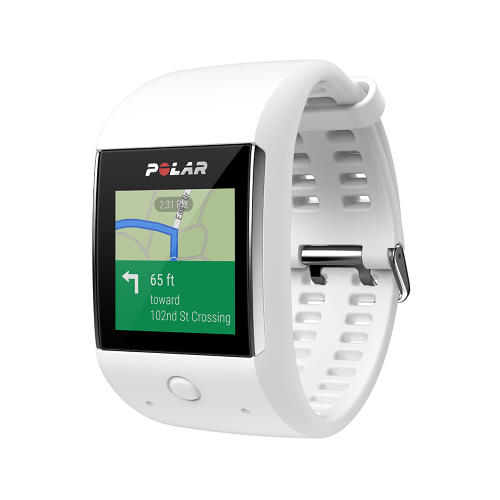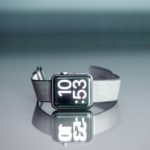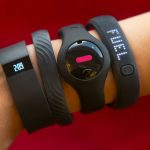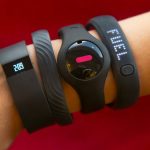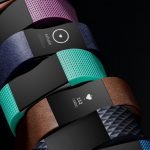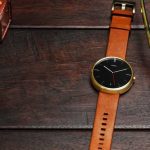Polar’s New Android Smartwatch Can Train Serious And Novice Athletes
A few weeks ago, some friends of mine convinced me to sign up for a 5k at the end of August. I haven’t run a distance like that in probably seven years, and I never was much of a runner anyway, but I agreed. How hard could running 3.1 miles actually be? Turns out, pretty hard. My training has been, well, embarrassing.
Now a new smartwatch promises to help people like me get their act together while also offering features useful to actual athletes running full marathons. Called the “Polar M600,” the Android Wear watch serves as both fitness tracker and trainer, offering all the features found on traditional smartwatches like the Galaxy Gear and Apple Watch, including running apps and texting capability. Available in black and white, it retails for $329.90 and will be available globally later this year (as will a new red wristband).

The M600 is the creation of the Finnish company Polar, which launched in 1977 and debuted its first commercial heart rate monitor in 1982. While companies like FitBit brought fitness trackers into the mainstream, Polar actually released the first one back in 2007.
“Throughout the years, we’ve grown as a company,” says Marco Suvilaakso, global product director at Polar. “Whereas in the beginning, we started purely just for elite-level athletes, triathletes, and world record-breakers, we’ve reached out to broader groups of customers.”
When talking about the company’s first fitness tracker, he acknowledges that they might have been a bit too far ahead of their time back then.
“We really struggled to turn that into a commercial success, because we were spending a lot of time helping people to understand that activity tracking isn’t the same as a step counter, which was used by senior citizens at that time,” Suvilaakso says. “Nike helped us a great deal when they launched the FuelBand, which totally reset things when it comes to activity tracking.”

All of Polar’s devices up to this point have been made using its own software. The M600 marks not only the company’s first smartwatch, but also the first time Polar has opted to build on an outside operating system.
The M600 is compatible with all Android apps and includes Polar’s proprietary optical heart rate technology, which monitors cardio via your wrist, using six LEDs. It’s similar to what other smartwatches and fitness trackers do, but a bit more robust. Also built in is a GPS that can track your workout even when you leave your phone at home and 4GB of built-in memory that can store tunes for your run as long as you have Bluetooth headphones. The watch has a big enough battery that, according to Polar, can run for two days on a single charge. And since it’s waterproof, you can even swim with it on, although the company isn’t launching any swim-tracking features.

Polar’s goal is for the M600 to become a leader in athletic smartwatches. So in addition to hardware features, it comes with some software ones, namely access to Polar’s coaching program, called “Polar Flow.”
“We believe very much in this concept of smart coaching. There are a lot of companies that make devices that track steps or heart rate or distance traveled,” Suvilaakso says. “Our forte is is to take that information and make it meaningful to the end customer. So if you wear a heart rate monitor during the training session, yes, you’ll get all the data, but we’ll also analyze that workout for you and give you in plain English a summary as to what benefits you derived from that workout.”
You can also set up training programs within Polar’s Smart Coaching platform for say, a 5k, and get a customized schedule to help you achieve your goal. Unlike the training programs available on some of the other fitness smartwatches, such as FitBit’s Blaze, Polar training sessions are adaptive. So if someone who had been running for a while started the same 5k training program I did, they’d be pushed forward much faster. Or if you’re like me and start panting after mile one, the program can adapt downwards to something a little more realistic for your fitness level. It’s sort of like having your own personal trainer on your wrist.
Tracking works for any sport that has speed and distance involved, so biking, running, and hiking are covered. It also acknowledges that running three miles has a different effect on your body than walking it, and counts those two activities accordingly toward your daily activity goal. And yes, it will analyze the most important activity of them all, sleep.

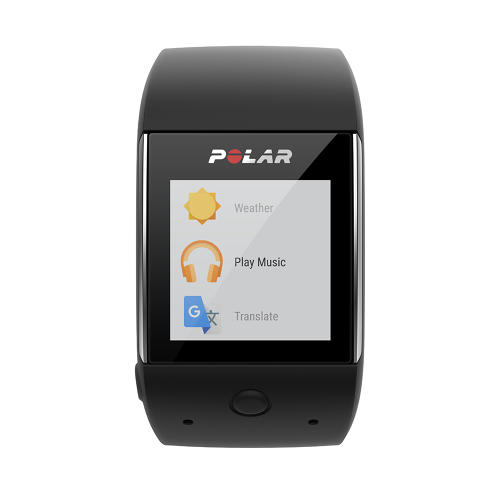
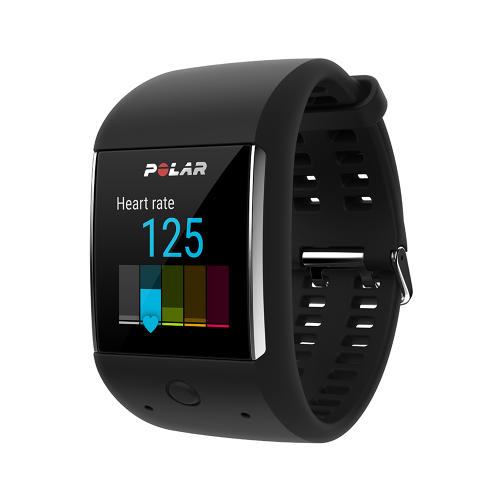
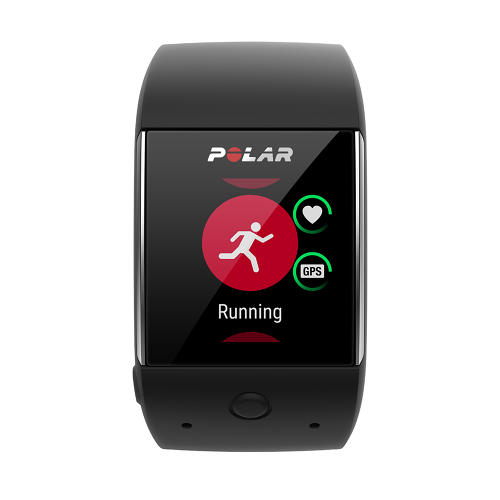
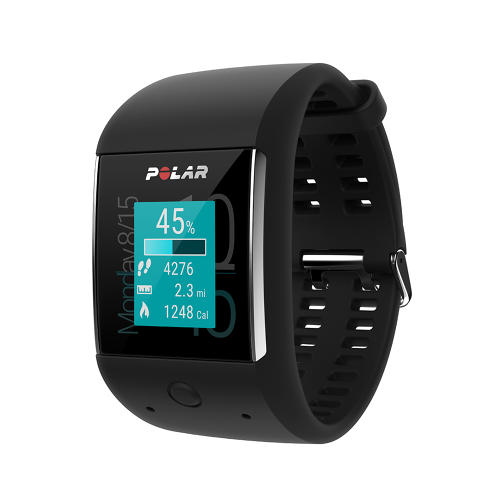
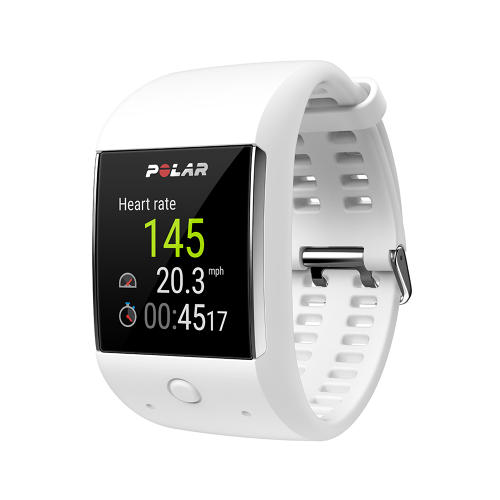
Fast Company , Read Full Story
(30)

